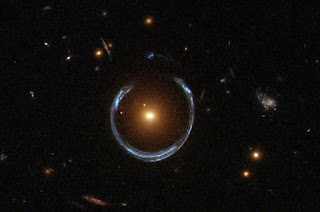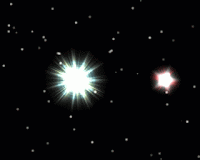 |
| This man oozes brainpower. Maybe not in this picture, though. |
The real genius in Einstein's work is in the fact that he discovered a fundamental property of the universe from only a few assumptions.
He set the speed of light as constant in different frames of reference and developed the mathematics of Lorentz transforms further to come up with one of the most beautiful theories in physics.
While usually in physics direct evidence and data is studied to deduce a phenomenon, he inductively derived his theory having no evidence at all. He made his own axioms and derived everything again from them. And the best part is that it worked, at least in theory. Despite a few physicist immediately recognized his genius, his theories were not completely recognized by the scientific community at the beginning, especially when the paper for his theory of Special Relativity presented no references. Einstein's reasoning was outside the lines, but sharp, nonetheless, and it proved no mistakes.
Evidences for his special theory of relativity started to come up only much later, around 1932, with the Kennedy-Thorndike experiment testing the dependence of the speed of light on the velocity of the measuring device.
Direct evidences of the general theory of relativity are still feeble, even though it is now a firmly accepted theory.
 |
| No, it is not photoshopped |
A more direct evidence of general relativity would be detecting its evident result: gravitational waves. Unfortunately, these waves are far less energetic than anything we can imagine, making it easy to let them disappear into the much higher and chaotic background of radiation. Experiments exist trying to achieve the impossible through interferometers, but a much more concrete evidence, at least for now, is presented by binary pulsars.
 | |
| Not the most scientifically accurate gif I could find, but surely the coolest. |
When I started writing this post, it was meant to be an introduction to one big recent news in science in one of the FSND series. I was so excited writing about how marvelous Einstein's theories are that it got too long and I decided that it would easily be a blog post on its own.
The news regards the recent first visible-light evidence of gravitational waves from a pair of dwarf stars, and I'll now leave you in a pointless cliff-hanger (pointless as the news is already out elsewhere) as I will talk about it in the next Fortnightly Science News Digest on 15 September.
No comments:
Post a Comment